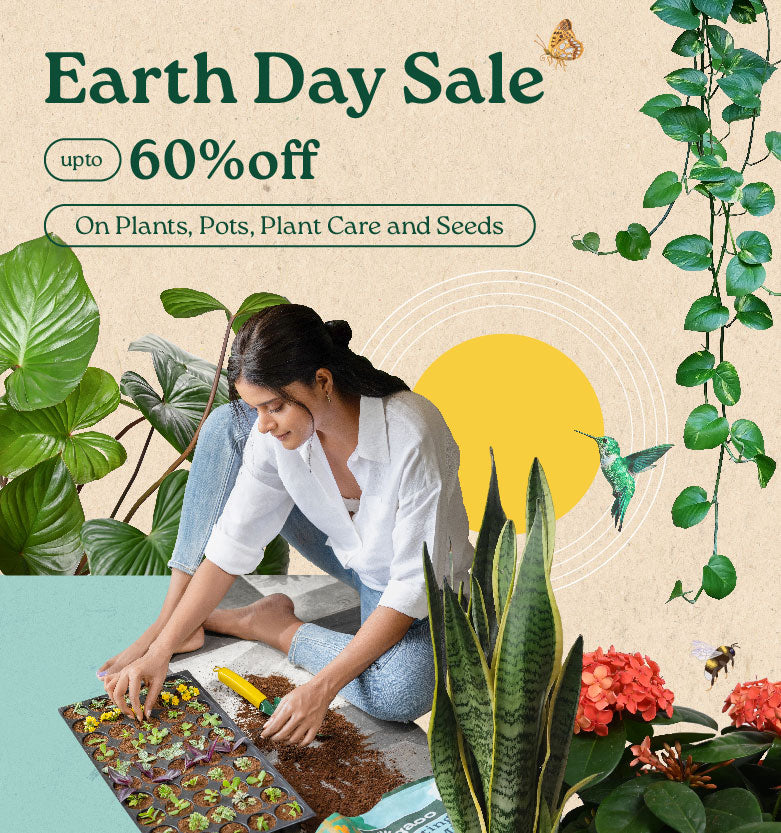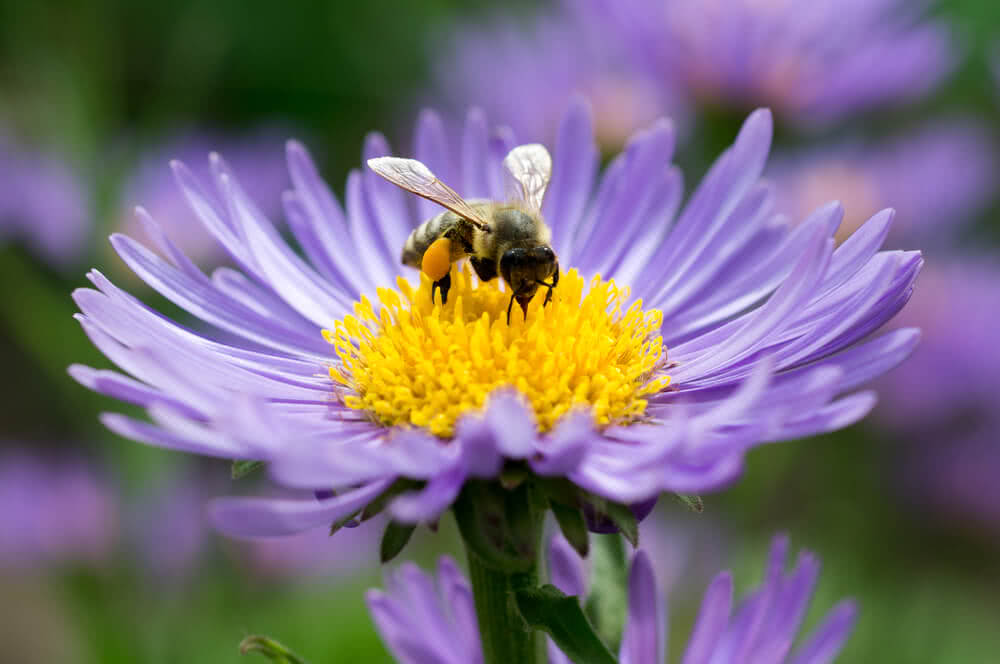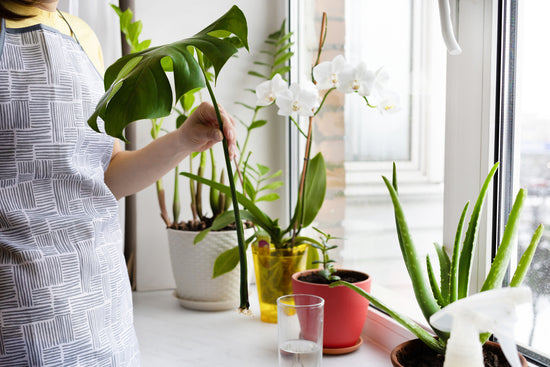
Nothing impacts the environment more positively than the spread of pollinators, and the bee is the busiest of them all! If you can work towards making your home garden a little more bee-friendly, then you are giving back to nature.

But why this focus on bees?
Every plant-eating being (including us) depends on pollinators. Without them, plants would die out before they're replenished. Making your garden comfortable means that bees will feel no need to go into your home. You'll double or even triple your yield of fruits and vegetables. Finally, you'll help save some of the most rapidly declining bee species on the planet.

So, now that you are pumped up to do your bit, here's how you can make your garden a more bee-friendly place.

Firstly, plant flowers that produce lots of nectar and will attract some bees. However, also take into consideration, the prevalent climate and temperatures at your native place because some exotic flowers may not be able to survive too well in certain situations.

Certain plants that bees, especially honeybees, love are lavender, cucumber, sunflower, watermelon, bee balm, pumpkin, melon, tomato, basil, oregano, thyme, strawberries, berries, and honeysuckle. So have a good growth of these.

As a side note, try growing similar plants together as different ones tend to attract different species of bees. This will also make the job of the pollinators quite easy.

Now, while you're growing them and waiting for them to blossom beautifully, remember to limit the use of insecticides, particularly ones that are toxic to the bees. Not only can your insecticide kill some bees outright, but it will also adversely affect processes like honey creation and procreation within the bees and result in the passing on of defects. Instead, use more natural means to curb any other pests that may be harming your crop.

Now that you've got the right food and are avoiding using the deterrents, it's time to give your bees a home. Creating a bee-shelter isn't a tough task, but it will go a long way in helping your efforts succeed. If you don't have the time for an intricate bee-house or are a little skeptical of inviting a bunch of bees to your home garden (you shouldn't be really), then just make some cozy stacks of twigs near the brightest and most nectar-filled plants, and there you go! New bee home!

As a side note, provide a fresh water source with something like stones for the bees to stand on. This is even more important in hotter climates.

Your garden is now bee-friendly, and the pollinators will thank you immensely!
Read more: Butterfly Garden - From Fascination to Reality!












